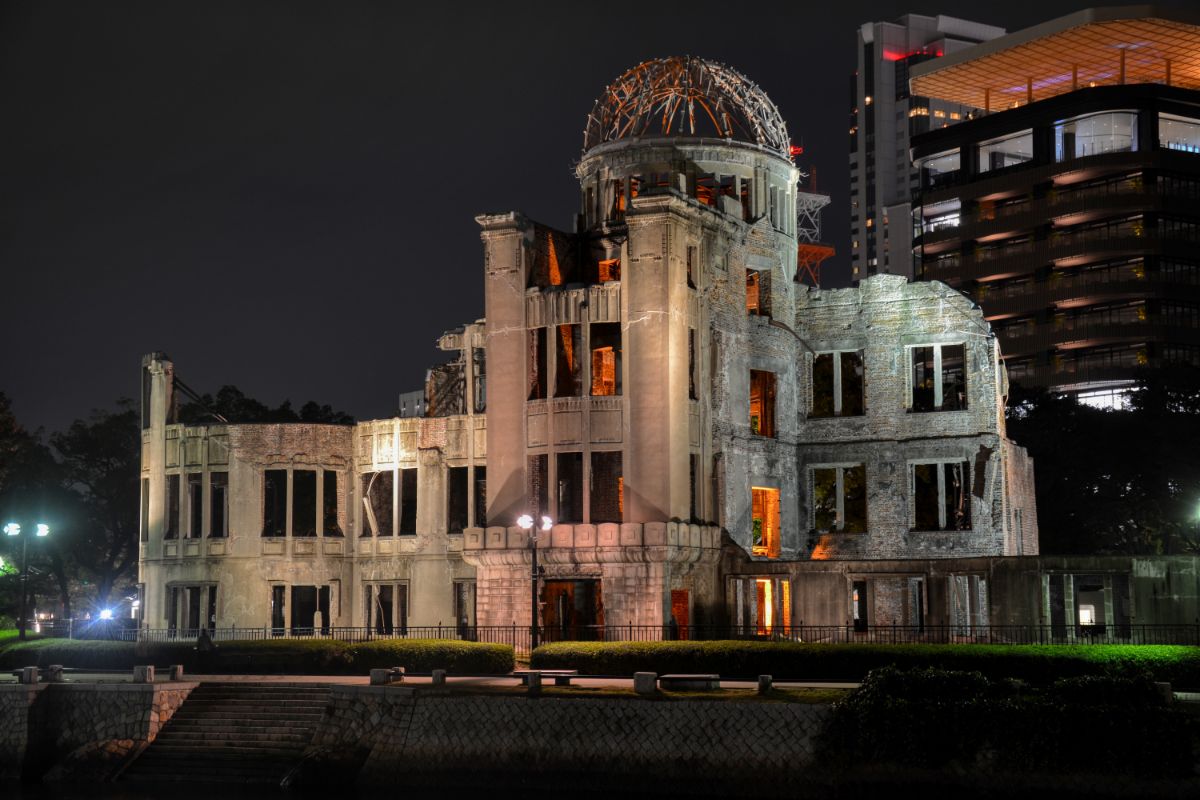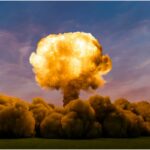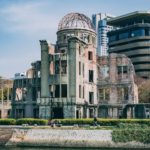On August 6th in 1945, the US dropped an atomic bomb via a B-29 bomber into the city of Hiroshima.
The results of this explosion were devastating. It has been estimated that around 80,000 people were killed.
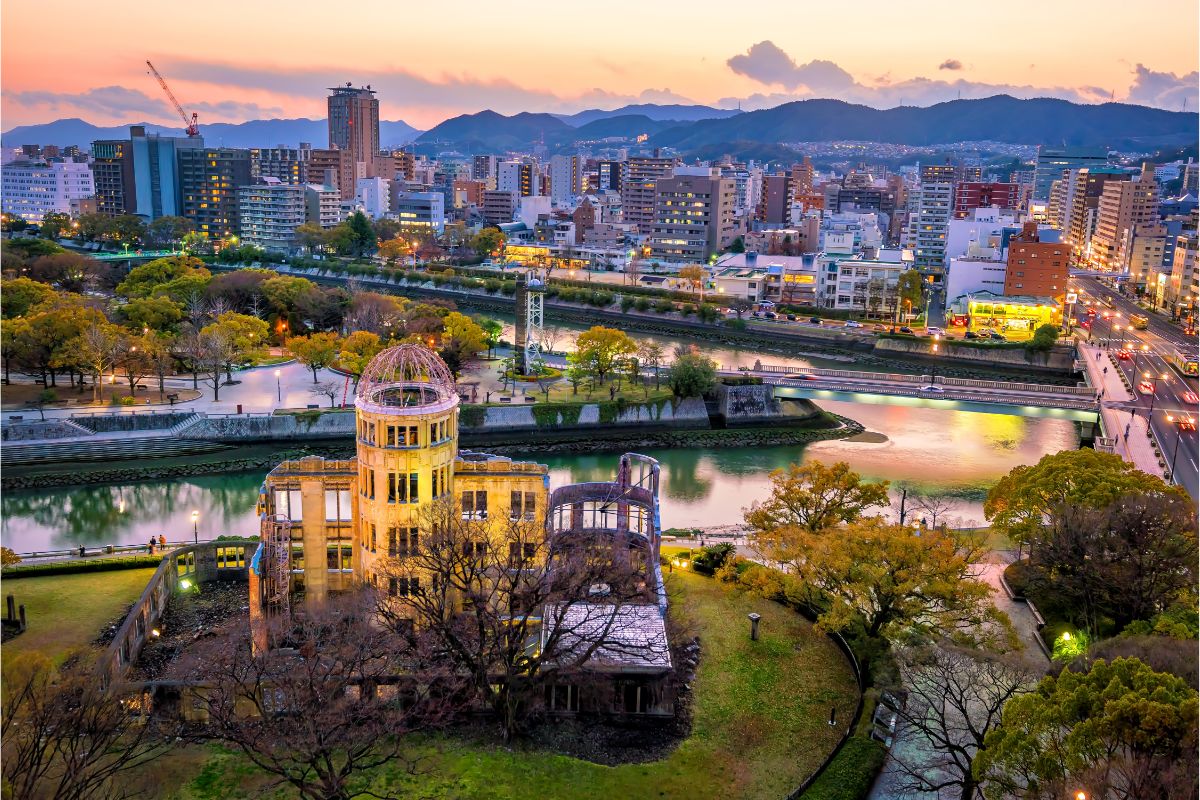
Others had several different medical issues, including damage to the bone marrow and intestine.
Many people who are interested in learning more about the history of the Hiroshima bombing are curious about whether or not the city is still radioactive today.
Take a look below as we explore the history of Hiroshima (see also ‘Why US Bombed Hiroshima, And The Impact On Japan?‘) and discuss whether it still has dangerous radiation.
History Of Hiroshima Before The Bombing
During the prehistoric era, what we today consider to be the city of Hiroshima was still under sea.
It was not until the 7th century that Hiroshima’s history began, as it became a trading route between Kyushu and the Kansai region.
Perhaps the thing which Hiroshima is best known for before the bombing is its glorious castles.
The First castle was built in the 16th century by a ruler called Terumoto Mori.
Mori is the one who named the city Hiroshima. It translates to “wide island”, which signifies the island in its position at the center of the delta where Mori’s castle was built.
As the centuries passed, Hiroshima began to expand, becoming a place where commerce, fishing and the arts flourished.
Increased military reform took place, and many of the castles previously built were destroyed by the Meiji restoration.
This period of reform saw lots of Western technology being put to use. The original castle built by Mori was allowed to stand, however, and was transformed into a base for the military.
World War II And The Manhattan Project
In America, scientists were afraid of the bombs which were being manufactured by the nazi’s in Germany.
Their weapons appeared as a massive threat to the US. This led to the research and production of a nuclear weapon.
This was a joint project between the US war department, and the Office of Scientific Research.
This project was named the Manhattan Project, due to the wide range of facilities required for the engineering corps based in Manhattan.
The scientists worked for many years, using plutonium and uranium, which were eventually sent to New Mexico under the care of Robert Oppenheimer to transform them into an atomic bomb.
The creation of the bomb was a success, and the first test took place in July 1945.
Why Did The American Forces Bomb Japan?
Japan was recognized to be a fierce enemy of America at the time, along with their allies China, Britain and the Soviet Union.
All of these allies joined together and managed to defeat the opposing forces.
Despite this clear indication that Japan was set to lose the war, they would not give in. The Japanese were trying to capture areas that were abundant in oil in the West Indies, along with using extreme war tactics such as Kamikaze attacks.
These planes had inhabitants who would dive into US planes, committing suicide in the process.
Harry Truman, who was the president of the US at the time eventually stated that the use of an atomic bomb was neccessary.
Truman believed that this would finally put an end to the war and stop the attacks from the Japanese.
Hiroshima was chosen to be the site of this bombing puerly because it was a city.
By bombing a larger area it would create more of an impact. Hiroshima had a population of 318,000 at the time, making it one of the largest cities in the entirety of Japan and was a military headquarters. This made it a prime target for attack.
How Many People Died From The Attack?
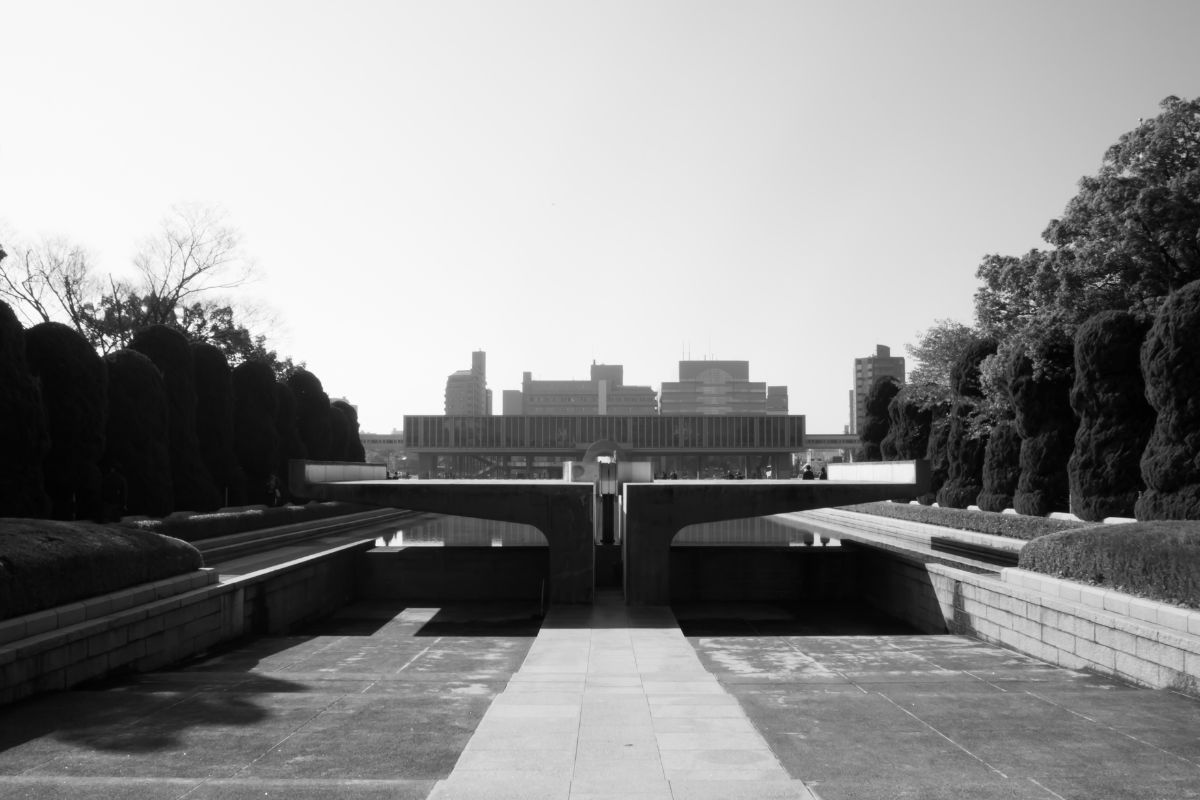
It is estimated that around 80,000 people died from the bomb itself, however, this increased as time passed, as many people suffered the toxic effects of radiation.
By December of the same year, this number rose to 140,000 as more and more people were dying in hospital.
How Did The Radiation Affect The People Of Hiroshima?
The devastating effects of the Hiroshima bombing reverbarated throught the city. Exposure to radiation caused tissue damage and destroyed cells within the survivors.
Cell mutation caused by radiation is a serious issue as it can cause diseases such as cancer, and many of the people of Hiroshima went on to develop this disease.
In order for cancer to take place in the body, several mutations have to happen, this explains why many people developed this illness several years after the bombing.
The most prevalent type of cancer developed by the people of Hiroshima was leukemia, which is a cancer of the white blood cells.
This cancer developed around two years after the bombing, and reached its highest rate after six years.
In terms of other cancers, which caused tumors in survivors, these did not begin to appear until 10 years after the bombing.
Sadly, most of the generation that was alive during the bombings have now passed away.
The effects that doctors are concerned about now are ones displayed by the children of pregnant survivors.
There are a plethora of different illnesses and deformities displayed by these people, including mental disability and disproportionately smaller heads.
It is reassuring, however, that the majority of the second generation concieved by the Hiroshima survivors after the bombing are healthy.
There appear to be no ill effects experienced by this generation.
Is Hiroshima Still Considered To Be Radioactive Today?
The decaying earth of Hiroshima witnessed by the survivors in 1945 was thought to never flourish again.
However, gradually the landscape began to grow small patches of oleander flowers, instilling hope in the people that lived there that it might once again prosper.
The Hiroshima that we have today looks completely different from its former state.
Although the effects from the blast are still observable in certain areas, it looks much like any other modern city.
Today, the radiation demonstrated in the city of Hiroshima is no different than any other in the world.
It has very low levels of background radiation which are considered completely normal. It does not have any effect on human health.
The reason why Hiroshima is safe and habitable today is because of the nature of the bomb itself.
The intitial radiation released by the bomb that caused devestation was released immediately, affecting those who were present at the blast.
The secondary radiation only lasted around 24 hours after the bomb, before dissipating.
Final Thoughts
The devastating effects of Hiroshima can still be seen in the city, and stories of suffering from survivors and their children remind us of the significance of this moment in history.
Despite this, the war-torn city now flourishes again, and the children of the survivors appear healthy, demonstrating nature’s powerful ability for regeneration.
- 16 Best Websites To Watch Japanese Movies With English Subtitles - May 11, 2023
- Is ZIPAIR The Best Airline For Traveling To Japan? - May 11, 2023
- Ryu Murakami Vs Haruki Murakami – Which One Should You Read? - May 11, 2023

